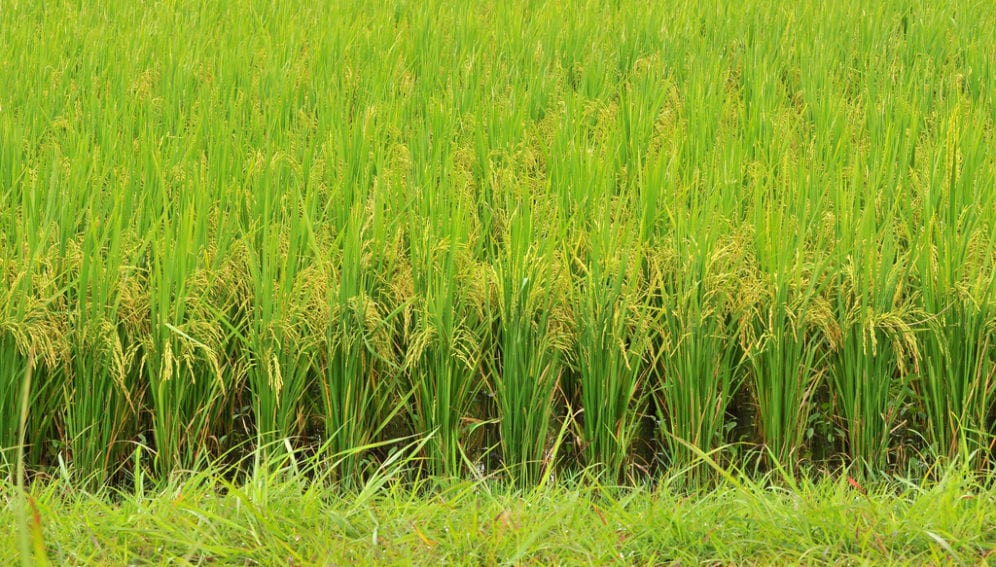By: Prime Sarmiento
Send to a friend
The details you provide on this page will not be used to send unsolicited email, and will not be sold to a 3rd party. See privacy policy.
[MANILA] Invasive species are costing countries in South-East Asia around US$33.5 billion each year, according to a study published last month (9 August), which some experts say is only scratching the surface of the problem.
Despite the huge estimated cost, there is still little evidence about the impact of these harmful non-indigenous species, that could help policymakers in the region, experts say.
The agricultural sector accounts for 90 per cent of the losses (around US$29.3 billion), while costs relating to human health and the environment are US$1.85 billion and US$2.1 billion respectively.
While this appears far less than annual US agricultural losses stemming from non-native species at US$120 billion, the value relative to the size of the region's economy means that the impact on South-East Asia is greater, the study says. All but two South-East Asian countries, Brunei and Singapore, are heavily reliant on agriculture.
The scarcity of impact studies on non-indigenous species in South-East Asia makes it difficult for policymakers in the region to effectively manage and curb species spread, according to the study's lead author, Nghiem Thi Phuong Le, biologist at the National University of Singapore.
"There is very little known about these species in South-East Asia, where an evidence-based approach is needed for effective management," Le tells SciDev.Net.
She emphasises the need to control the spread of non-indigenous species across border, to prevent the entry of new species, some of which were intentionally introduced to countries.
The study cited Mimosa pigra, a shrub native to South America which was introduced to Thailand in 1947. It was intended as fertiliser and crop cover for tobacco plantations, and to control riverbank erosion. But the dense growth of the plant on the banks of the Mekong and Tonlé Sap rivers hindered access to water for irrigation, suppressed other vegetation, and deprived fish of their habitat, according to Le.
Another species native to South America, the golden apple snail, was introduced into the Philippines in the early 1980s, in the hope that its high protein content and fast breeding rate would boost farming livelihoods and improve the low-protein diets of the country's rural poor, the study cited.
Filipino consumers, however, were reluctant to eat snails while the expected export boon failed to materialise. These failures pushed farmers to discard their snails, which eventually found their way to rice fields, where they developed into a major pest.
Chito Medina, national coordinator of Farmer-Scientist Partnership for Agricultural Development (MASIPAG), in the Philippines, says: "Invasive species are a big problem in South-East Asia, and the researchers in this study have just scratched the surface".
He suggests that researchers could focus on a particular country to deepen their understanding of the impacts of non-native species in the region and to further encourage regional governments to formulate effective policies that will reduce introduction and infestation.
The study recommends that a risk assessment protocol and tighter regional screening procedures should be developed and applied in order to contain — and, more importantly, prevent — the entry of non-native ones.
Link to full paper
This article has been produced by SciDev.Net's South-East Asia & Pacific desk.
References
PLOS ONE doi:10.1371/journal.pone.0071255 (2013)
[1] Ecological Economics doi: 10.1016/j.ecolecon.2004.10.002. (2005)














